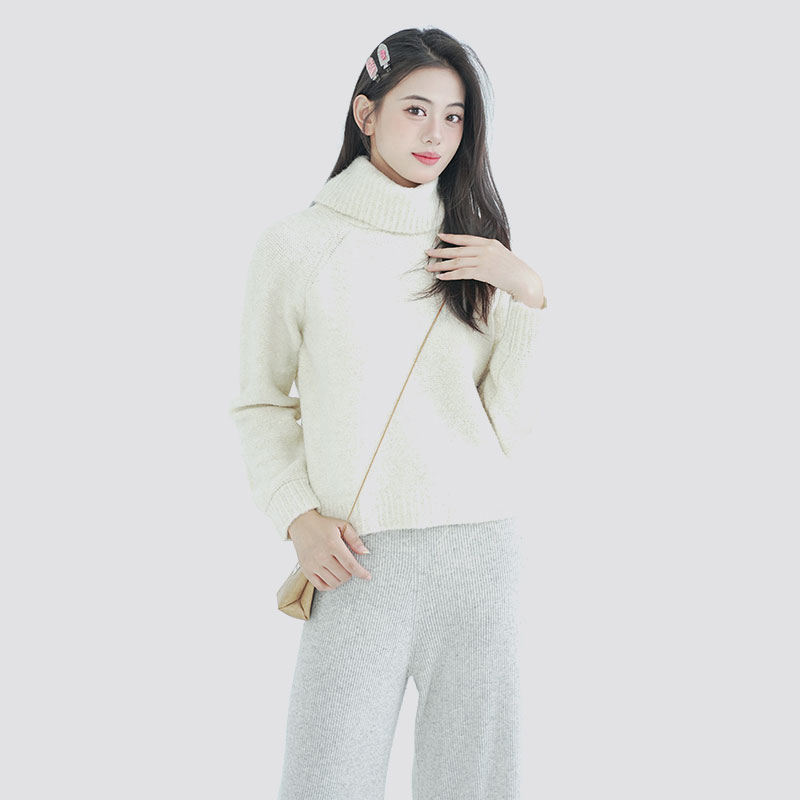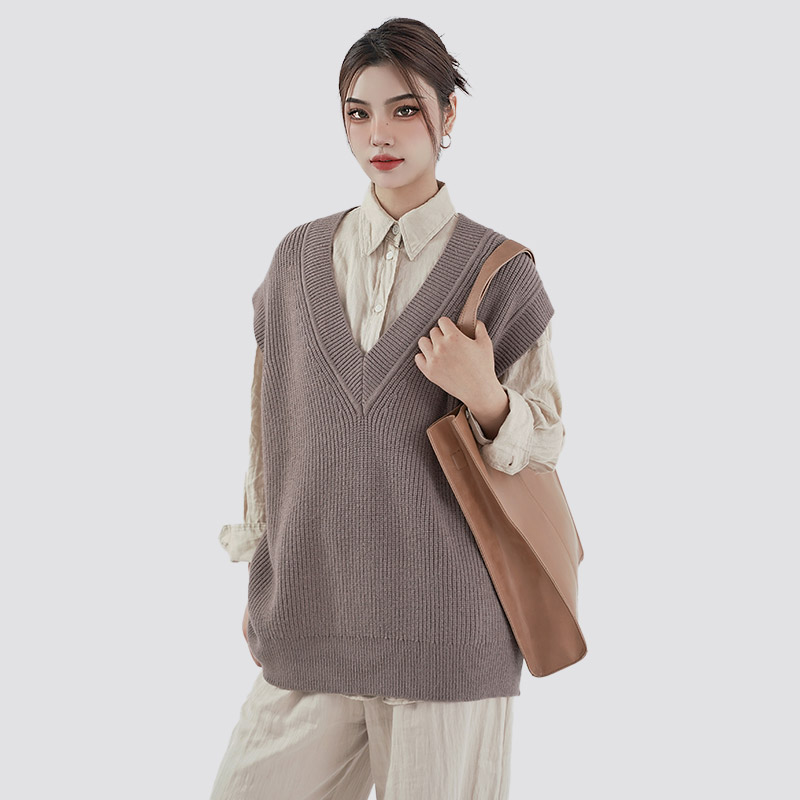What design features make a knitted pullover more suitable for layering in colder weather?
When it comes to knitted pullovers that are ideal for layering in colder weather, several design features play a crucial role in enhancing warmth, comfort, and versatility. The fit of the pullover is one of the most important considerations. A slightly slim or regular fit is preferred because it allows the garment to be worn comfortably over shirts, blouses, or thin base layers without feeling tight or restrictive. At the same time, incorporating a subtle stretch in the knit or using yarns with natural elasticity helps the pullover conform to the body, providing ease of movement even when additional layers are worn on top.
The neckline of a pullover significantly affects its layering capabilities. Crew necks are highly versatile and work well over collared shirts or under scarves and jackets, offering a clean, classic look. V-necks are perfect for styling with dress shirts and ties, making the pullover suitable for both casual and semi-formal layering. Turtlenecks or mock necks provide extra coverage and insulation for the neck, making them an excellent choice for particularly cold days. They can be layered under coats or outerwear while keeping the neck area warm without the need for additional scarves.

Another critical factor is the yarn and material used. Natural fibers like wool, cashmere, or merino wool are ideal because they offer excellent insulation while remaining breathable, preventing overheating. Wool blends often combine warmth with durability and stretch, making them suitable for repeated wear and layering. Fine-gauge yarns create a lightweight but warm fabric, ensuring that even when layered, the pullover does not add excessive bulk. Cotton blends, while less insulating than wool, provide comfort and breathability and are suitable for moderately cold weather or indoor layering.
The length and hem design also contribute to the functionality of a layering pullover. A standard or slightly extended length prevents cold air from entering from the bottom, keeping the body warmer. Ribbed or elastic hems help the pullover stay close to the body, maintaining insulation and ensuring that the garment does not bunch up when layered under jackets or coats. Similarly, the sleeve design plays an essential role: ribbed cuffs reduce heat loss at the wrists and allow sleeves to stay in place when layered over thinner garments. Longer sleeves with slight stretch provide comfort and prevent cold air from entering at the sleeve openings.
The knit style and texture of the pullover influence both warmth and layering suitability. Medium to fine gauge knits offer a balance of insulation and lightweight wear, making it easier to layer multiple garments without feeling bulky. Textured patterns such as cables, ribbing, or intricate stitch designs can increase warmth by trapping air within the fabric, providing natural insulation without adding excessive thickness. This combination of texture and knit technique ensures that the pullover remains stylish while serving its practical purpose in colder weather.
Finally, versatility in design enhances the pullover’s layering potential. Neutral colors, classic patterns, and timeless silhouettes allow the pullover to be easily paired with various base layers, shirts, jackets, and coats. This makes it a highly adaptable piece in any wardrobe, suitable for casual, professional, or semi-formal looks. By considering these features—fit, neckline, material, length, sleeves, knit style, and versatility—a knitted pullover can be both functional and stylish, offering warmth and comfort while being perfectly compatible with layering in colder climates.

 English
English 中文简体
中文简体 Español
Español












